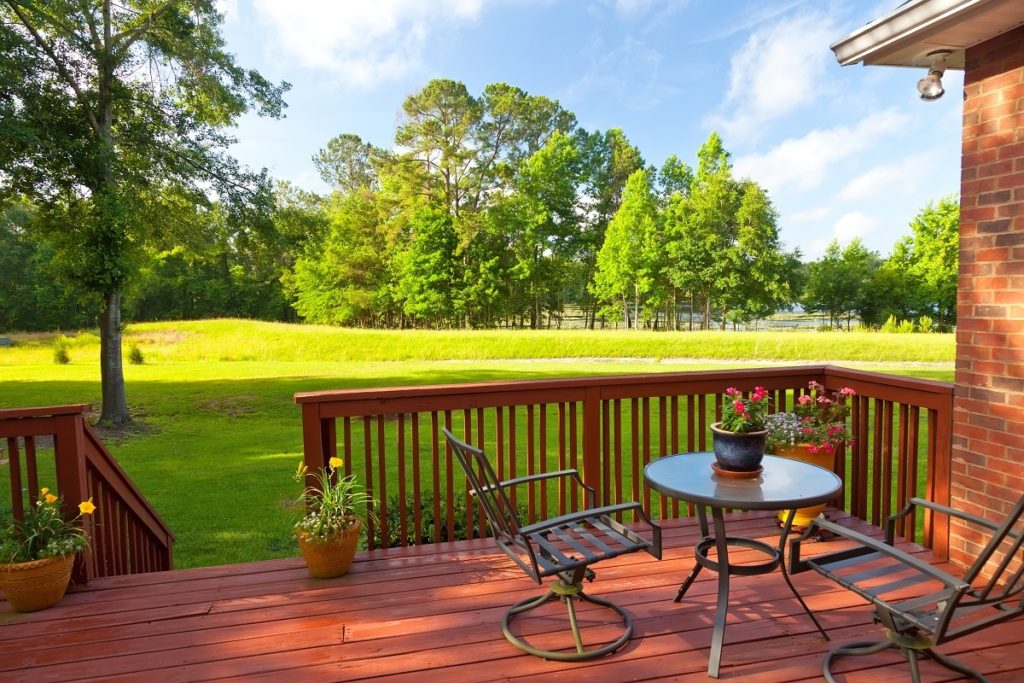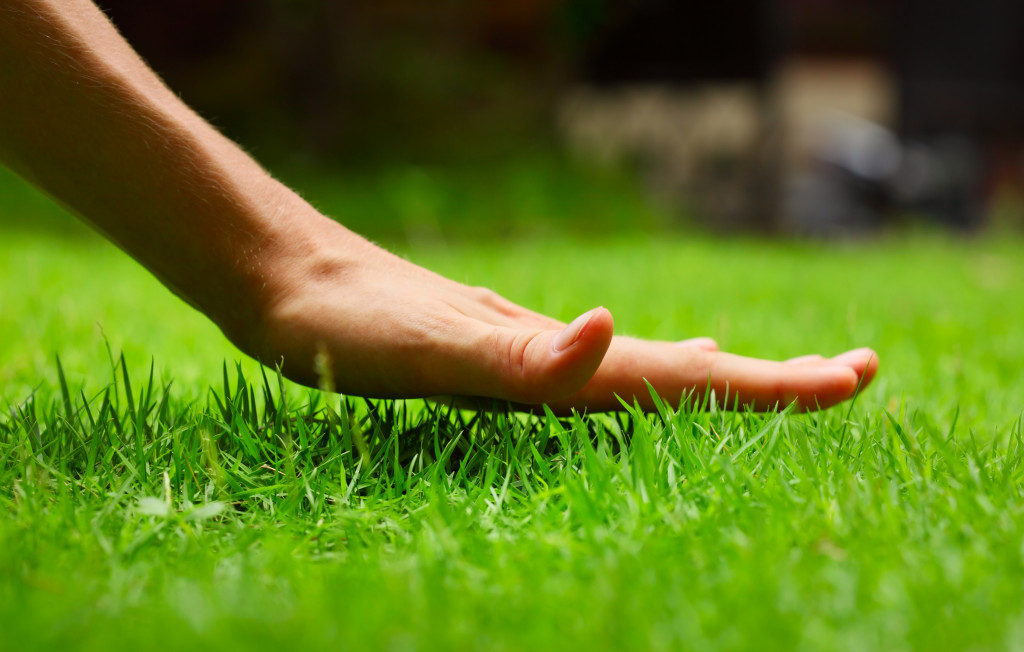It’s every homeowner’s dream to have a beautiful green lawn. However, not all are prepared for the maintenance it takes to keep their lawn lush and inviting. And when lawns aren’t maintained properly, they can deteriorate pretty quickly—sometimes even to the point of death.
Unfortunately, when your lawn is dead, no amount of water or fertilizer can bring it back. Hence, you must know when your lawn is about to die; you may be able to save it before that happens.
Here are the signs that your lawn is dead or dying:
1. Your grass doesn’t grow with water
Grass grows relatively easily wherever there are sunlight and water. During the summer and winter months, grass tends to dry up and become crunchy to protect itself from the excessive heat/cold and lack of moisture in the soil. This is known as its dormant state. Lawns in dormant states often bounce back after the weather becomes less harsh, especially if treated with extra care.
However, a dormant lawn may not go back to normal after the weather becomes temperate. To test this out, water your grass generously for a few days and watch for active growth. If no new grass grows, your lawn is most likely dead. In this case, you may want to lay down some fake grass and read up on synthetic grass maintenance. Alternatively, you can hire a lawn care specialist to see if your lawn can be revived.
2. You can pull up entire sections of grass
When you pull on healthy grass, you should have a handful of green blades (or dry blades if your lawn is dormant). You should not be able to pull up an entire section of turf from the ground. If this is the case, your grass likely has a poor root system or may already be dead.
Unfortunately, you cannot regrow grassroots before they die. In this case, you will have to replace your grass entirely.
3. You have grubs on your lawn
Irregular brown patches on grass usually indicate the presence of grubs, which are tiny pests that eat grass roots and cause them to die. When you see brown patches on your lawn, inspect the area right away to see if you have a grub problem. Grubs are white, C-shaped insects that look a little like beetles; they aren’t that hard to miss as they contrast with the soil’s color.
If you confirm that you have a grub problem, act quickly to prevent more of your grass from dying. You can have them professionally removed, or you can do it yourself using nematodes or milky spore.
4. Your lawn is turning yellow
Grass turning yellow is most likely going through chlorosis, which can be caused by nutrient deficiencies in the plant and soil. Simply speaking, your lawn needs some nutrients to return to its dark green color and a healthy state.
If you notice your grass turning pale yellow from a deep green color, it’s best to fertilize it as soon as you can. However, read the instructions on the bag carefully to avoid overfeeding. Otherwise, the excessive nutrients (especially nitrogen and salt) can damage or even kill your grass.
5. Your grass wilts under the sun

Most types of grass should be able to withstand high temperatures unless the heat is extreme. When your grass starts to wilt under the sun, however, it’s high time to revive your grass before it dies.
6. Your lawn is a strange color
Dormant grass should look dark yellow or brown. So when your grass is white, black, or red, your lawn is likely suffering from a fungal disease. When left untreated, fungal diseases can kill a lawn.
Unfortunately, fungal diseases on lawns are usually difficult to treat. You may have to get professional help to eradicate the fungus from your grass and prevent it from spreading. Whatever the case may be, immediate action is required to save your lawn from imminent death.
7. Your grass is thinning
Thinning grass can be a sign of soil compaction. It prevents air and nutrients from reaching the grassroots, which can lead to the death of your lawn when left unaddressed.
To fix soil compaction, apply organic matter into the soil. The organisms in the organic matter will pull down into the soil and aerate it in the process, giving way for air and nutrients to reach the roots of your grass.
Paying attention to the changes in your lawn can mean the difference between saving it and watching it die a slow death. So when you notice these signs of dying on your lawn, do what you must to save it as soon as possible.


